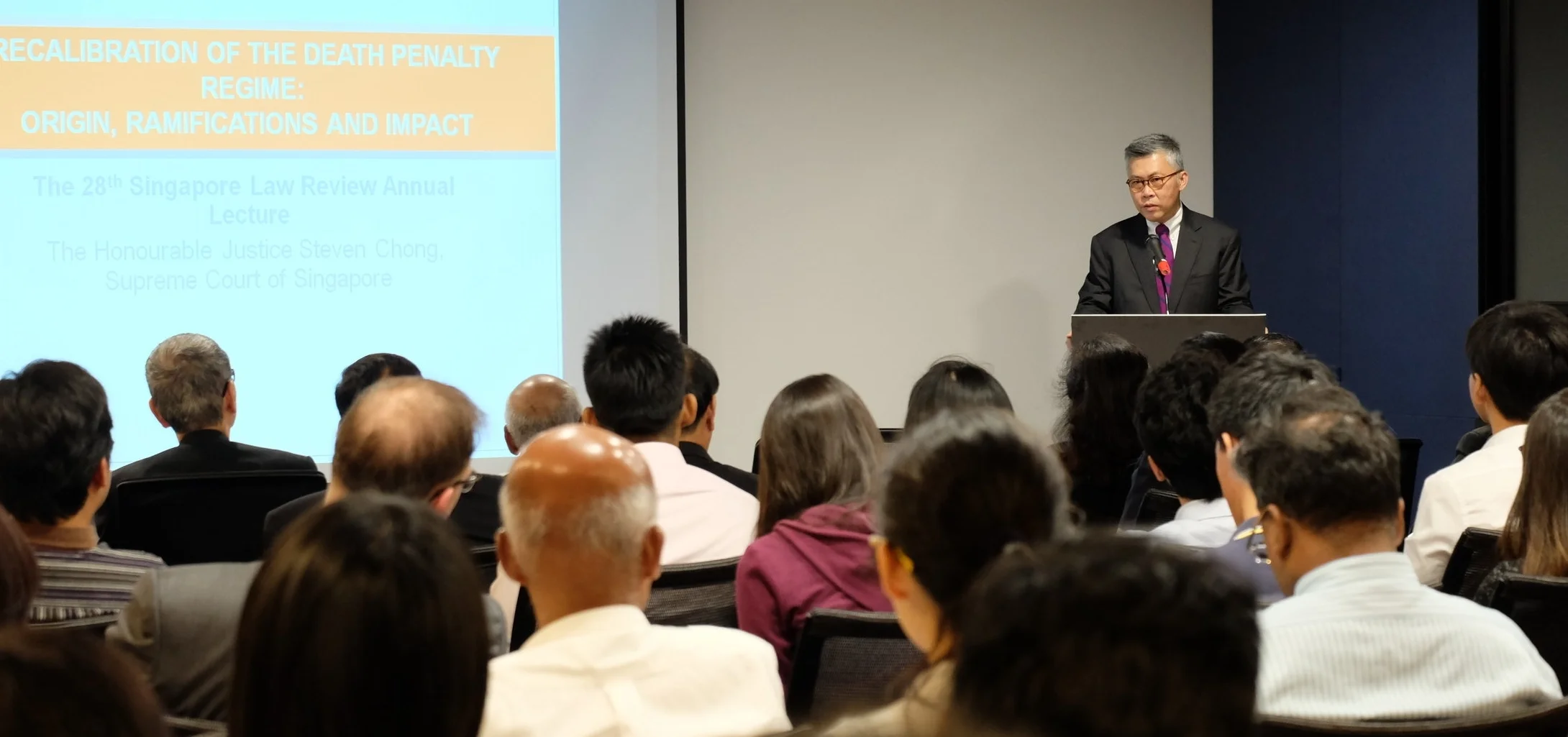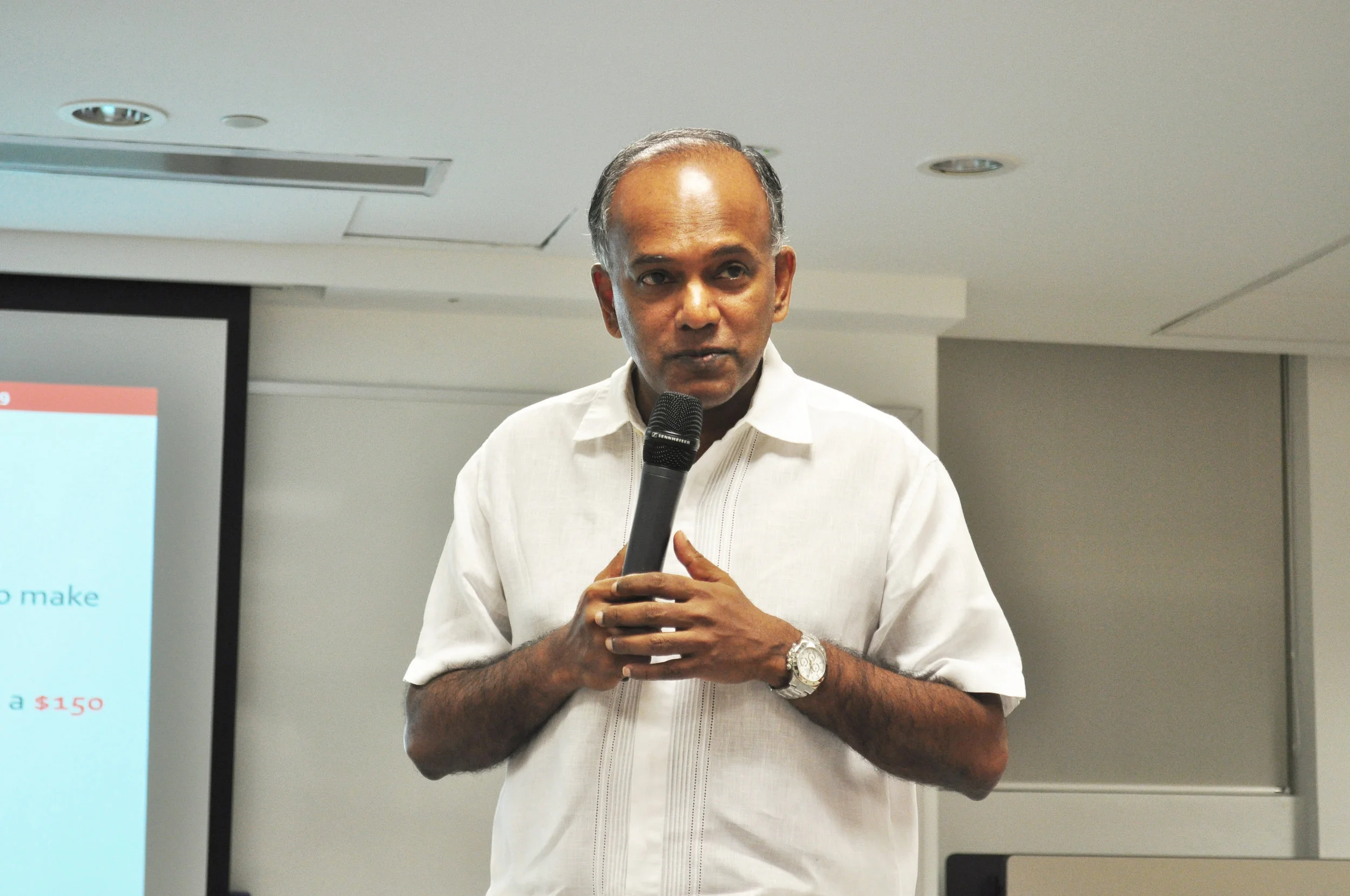The PDF version of this entry can be found here.
Setting Minds at Ease: The Effectiveness of Recent Amendments to the Mental Capacity Act
Heng Ming Heuy Monica
INTRODUCTION
In March 2016, Parliament amended the Mental Capacity Act1 (“the Act”) with the purpose of empowering more people to make complex choices about their future, as well as to protect mentally incapacitated persons from (primarily) financial abuse. Two amendments stand out: the introduction of paid professionals into the Lasting Power of Attorney (“LPA”) system, as well as the expansion of the Court’s powers over the appointment of the decision-maker.2 This article evaluates the contribution of these amendments to the furtherance of the purpose of the Act in addition to the applicability of developments surrounding the United Kingdom Mental Capacity Act3 [UK MCA] to Singapore law.
MONETISATION OF THE LPA SYSTEM
The first amendment of note is one that enables singles to appoint professional donees to make decisions related to personal welfare and property on their behalf.4 The purpose of this amendment is to pre-empt the spurt in future planning, as predicted from rising singlehood5 and the prevalence of age-related medical conditions such as dementia.6 It plugs a gap in the legal system by accounting for the needs of persons who do not have family members to be their proxy decision-makers. Additionally, the amendment addresses the growing need for deputies, given that the application rate for LPAs remains low7 – which implies that the Court will still be effectively responsible for making decisions for many Singaporeans in the future, through assigning proxy decision-makers.
A point of contention, however, is when professionals will be deemed to be acting in the individual’s best interests. While it is clear that acting for the donee’s best interests is a fundamental principle upheld by the Act,8 the concept of “best interests” is complex to define and difficult to practise. In particular, the main tension would be between the professional’s judgments of what is good for the individual, as opposed to the individual’s own preferences. To elaborate, the Act prescribes that the decision-maker must consider a variety of factors, including the donee’s past and present preferences. At the same time, he must know the “right thing” to do based on his own evaluation of the individual’s present circumstances.9 Arguably, a professional donee or deputy who has little knowledge about the individual’s preferences is more likely to employ a paternalistic approach towards decision-making. In other words, his own understanding of what is beneficial for the incapacitated individual may override the wishes of the latter.
In particular, this problem is exemplified when the professional appointed has little to no interaction with the individual, and therefore is unfamiliar with their needs, situations, or wishes. A similar problem has unfolded in the United Kingdom, where a trend of low quality mental capacity assessments has emerged. In its 2014 review of the UKMCA, the House of Lords found that health care professionals were often not closely involved with the care of the intellectually-disabled person,10 and as a result, their medical assessments were shallow and done in a slipshod manner that “nowhere near matche[d] the seriousness of the issues at stake”.11 Going back to the local context, it is submitted that a poor understanding of the provisions for determining best interests by the professional donees and deputies will create similar problems in the quality of service provided, as well as the adherence to the principle of best interests in the Act, especially since there is no requirement that the professionals must be involved with the individual.
ENHANCED POWERS OF THE COURT
The second issue concerns the amendments which allow the Court to take pre-emptive action against abuse of the LPA. The amendments allow the Court to (1) quickly suspend the powers of a donee or deputy when criminal investigations are undergoing – without requiring prior applications; and (2) speedily revoke the same LPA powers if there is significant risk of them being abused.12 A “significant risk” would include the conviction of the donee or deputy of offences related to fraud or dishonesty. An important distinction is that the appointment of the donee or deputy could nonetheless be revoked even if the offence he committed was not in relation to the donor.
This is a laudable development in the law regarding mentally incapacitated persons, as it protects the assets of the unsuspecting donor from being dissipated. Its benefit can be illustrated by its application to Chung Khin Chun K,13 a recent case which the Minister of Social and Family Development in fact referred to14 in his proposal of the amendments.15 On the facts of that case, there was a significant risk that the donor’s property would be dissipated because the donee had been charged with the offences of falsification of company receipts and criminal breach of trust of monies belonging to the donor.16 The new amendments would resolve this undesirable situation as firstly, the donor’s assets would be preserved during the course of investigations through an order of suspension per s 36A. Secondly, the LPA could be revoked under s 20 such that the problematic donor could be removed and replaced with one the Court deemed fit. The amendments are thus “sensible precaution[s]” that empower the Court to act on the behalf of the vulnerable, even before abuse occurs.17
A criticism, however, lies in the fact that this safeguard is applied later in the scheme of the LPA than what is preferred. What this means is that these powers of the Court become useful only after the LPA has been approved by the Public Guardian, where in fact it would be more logical to root out potential risks at the application stage through a robust vetting process. As voiced by critics like Member of Parliament Joan Pereira, prevention outweighs cure.18
Here, it is important to recall that the principle of the individual’s autonomy is at the heart of the Act (see s 3(1)). As reiterated by Minister Tan Chuan Jin in his parliamentary speech, to interfere in the application process – i.e. to control who the applicants select as their donee(s) – would contravene this principle and perhaps discourage citizens from even applying for the LPA at all.19 Furthermore, it would compromise the capacity of the Public Guardian in providing objective reports to the Court in the course of investigations.
It is therefore submitted that the greatest opportunity for change occurs at the “intermediate” stage of LPAs, which is the period of time following the clearance of the LPA application prior to the materialisation of abuse. To elaborate, the Office of the Public Guardian may employ supervisory methods such as audits to keep an eye on high-risk cases. The risk level of cases can be determined by a checklist of factors including the value of the assets involved, the identity of the donee (e.g. foreigner or person unrelated to the donor) and the donor’s age (which hints at the likelihood of age-related conditions like dementia arising).20 Further, the United Kingdom’s “first year weighted” approach21 to assessing risk in LPAs can be applied locally: As of 2015, the UK Office of the Public Guardian has moved away from classifying cases according to static risk levels; instead, risk levels are commensurate with the type of deputy involved. For instance, cases with first-year deputies are categorised as high-risk, while cases with professional deputies are generally categorised as low-risk. The former cases are later allocated different risk levels depending on the UK Office of the Public Guardian’s re-evaluation of the cases, using annual reports supplied by the deputies. This approach to risk assessment maximises the allocation of resources to the overseeing of cases, and awards high-risk cases greater attention.
CONCLUSION
In conclusion, the key amendments made to the Act in 2016 are meritorious – enhancing the options for future planning as well as strengthening the protection of the LPA against potential abuse. Nevertheless, there remain practical considerations that Parliament can work on to improve the implementation of the Act. It is envisioned that the Act will be a beacon of hope for Singaporeans seeking security when their mental capacity is lost.
[1] Cap 177A, 2010 Rev Ed Sing
[2] Supra note 1 at s 12 and s 17
[3] Mental Capacity Act 2005 (UK), c 9
[4] Neo Chai Chin, "More decision-making options mooted for mentally-incapacitated" TODAY (7 December 2015) <http://www.todayonline.com/singapore/more-decision-making-options-mooted-mentally-incapacitated> (accessed 30 November 2016)
[5] Charissa Yong, "More young people in Singapore staying single" The Straits Times (11 March 2016) <http://www.straitstimes.com/singapore/more-young-people-in-singapore-staying-single> (accessed 30 November 2016)
[6] Janice Tai, "One in 10 people over 60 have dementia, new Singapore study claims" The Straits Times (25 March 2015) <http://www.straitstimes.com/singapore/health/one-in-10-people-over-60-have-dementia-new-singapore-study-claims> (accessed 30 November 2016)
[7] “Out of the adult resident population of three million, only about 0.7 per cent have applied for an LPA thus far.” From Lorna Tan, "Draw up an LPA before it's too late" The Straits Times (23 October 2016) <http://www.straitstimes.com/business/invest/draw-up-an-lpa-before-its-too-late> (accessed 30 November 2016).
[8] s 3(5) and 6 of the Act
[9] BHR and Another v BHS [2013] SGDC 149 at [56]
[10] House of Lords, Select Committee on the Mental Capacity Act 2005, Mental Capacity Act 2005: post-legislative scrutiny (Report of Session 2013-14, 13 March 2014) at para 66
[11] Supra note 9 at para 69
[12] Supra note 1 at s 36A(3)(b)(i) and s 17(3)(b)(i)
[13] Chung Khin Chun K (by her deputy Mok Chiu Ling Hedy) v Yang Yin and others [2015] SGHC 215
[14] Singapore Parliamentary Debates, Official Report (14 March 2016) vol 94 (Tan Chua Jin, Minister for Social and Family Development)
[15] Mental Capacity (Amendment) Bill 2016 (Bill 11 of 2016)
[16] PP v Yang Yin [2015] SGHC 3
[17] Robert Hurling, "Singapore: Mental Capacity Act Amendments", Hyphen Law [2016] <http://www.hyphenlaw.co.uk/site/blog/hyphen-blog/singapore-mental-capacity-act-amendments> (accessed 30 November 2016)
[18] Supra note 13 (Joan Pereira, Member of Parliament for Tanjong Pagar)
[19] Supra note 13
[20] Supra note 13 (Denise Phua Lay Peng, Member of Parliament for Jalan Besar)
[21] Office of the Public Guardian, Fundamental Review of the Supervision of Court Appointed Deputies by the Public Guardian (Report to Parliament, December 2014) at para 77



